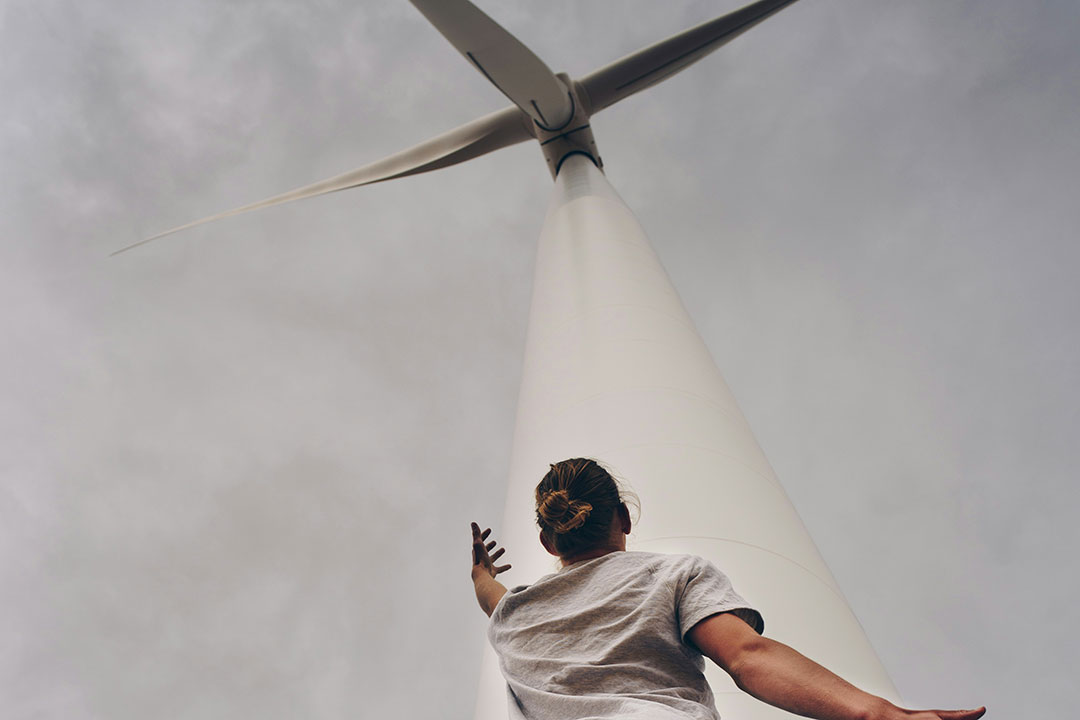
AS THE PHILIPPINES stands on the brink of unlocking its significant offshore wind power potential, there is a pressing need to understand the key economic opportunities for local industries to support the sector’s development.
Indeed, all stakeholders must work together so the Philippines has a robust supply chain that ensures the nation not only benefits from offshore wind through energy generation, but also job creation, industrial growth, and technological advancement to hit long-term decarbonization and economic expansion targets.
With supportive policies, investments in infrastructure, and international partnerships, the Philippines can harness its vast wind resources to become a leader in renewable energy in Southeast Asia and realize significant economic benefits.
The latest research from the Global Wind Energy Council (GWEC) has identified key opportunities available for the local market as the sector develops.
Filipino service companies have the potential to capture much of the market during the development phase of offshore wind projects, which are forecast to ramp up in the coming years. The country’s strong steel manufacturing capabilities could be transitioned into making secondary steel components. However, this will require investment in relevant equipment and training programs. The cement industry can also position itself to service floating substructures.
Meanwhile, the Philippines, being the fourth largest ship producer, has the chance to broaden its capabilities. With sustained investment and training, the local shipbuilding industry can play a pivotal role in supporting offshore wind projects, not just locally but across the region. Markets expecting strong growth include China, Japan, South Korea, India, and Australia.
Moreover, the strength of the Philippine workforce lies in its skilled seafarers and technical workers, highly sought after globally for their expertise, craftsmanship, and English proficiency, making them valuable assets for offshore wind developments.
Offshore wind projects also require power transmission lines, which provide the chance for local factories to supply copper cables, leveraging vast domestic copper resources.
Crucially, for offshore wind power to succeed across the Asia-Pacific region, a regional approach to supply chains will be needed. The Philippines can establish itself as the leader in certain areas, particularly in shipbuilding, skilled workers, steel, as well as cable manufacturing — anchored by the nation’s critical mineral reserves. By investing in its strengths, the nation will unlock its competitive advantages and contribute to a wider regional supply chain.
The government is already taking steps, such as streamlining processes and expediting offshore wind permit approvals, to give the sector a boost. However, policy improvements are needed to achieve the potential economic benefits. Issues, such as high power rates, ease of doing business, industry incentives, and policy continuity must be addressed. Developing a comprehensive industrial strategy for the wider renewable energy sector would help too.
A report, “The Philippines Offshore Wind Supply Chain Study” by GWEC, was launched during the APAC Wind Energy Summit in South Korea on Nov. 26-28. It assesses the local supply chain readiness, analyses the key opportunities, as well as makes strategic recommendations for the government.
This report provides a catalyst for the continued collaboration needed to build a thriving offshore wind industry in the Philippines, one that will be a pillar of the country’s renewable energy future and a key player in the region.
With strong winds and favorable maritime conditions, the Philippines could benefit from a steady, high-capacity renewable energy source that complements its solar and onshore wind assets, while reducing demand for costly imports of fossil fuels and boosting the local economies.
At GWEC, collaboration remains at the heart of everything we do, and it will continue to guide our efforts moving forward. The success of the offshore wind industry in the Philippines hinges on partnerships between the government, developers, financial institutions, NGOs representing local communities and marine space users, and supply chain stakeholders. It is through these partnerships that we can unlock the full potential of offshore wind in the Philippines, ensuring that it contributes not only to the country’s clean energy goals but also to employment growth, technological advancement, and long-term economic resilience.
Liming Qiao is the chief of Strategy, Asia at Global Wind Energy Council. Her current focus is on wind energy policy in Asia, and she is leading GWEC’s South East Asia (SEA) Task Force, which is a working group with major industry and institutional stakeholders active in SEA to advance better policy for wind energy development in the region. She has been working in the field of climate and energy since 2003, with a focus on renewable energy policy and international climate policy.



